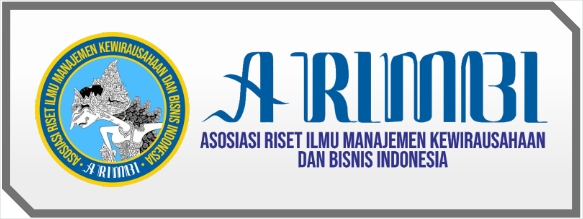Valuation Of SR018-T3 And SR018-T5 Series Bond For Investment Purposes
DOI:
https://doi.org/10.55606/iceb.v3i1.388Keywords:
Bonds, Investment, YTMAbstract
Retail Government Sukuk (Retail Sukuk) is a sharia investment product offered by the government to individuals. These bonds have the prospect of benefits and interest from investors. This makes this bond product interesting to study. The assessment of Retail Government Sukuk (Retail Sukuk) will provide an overview for investors and increase confidence in making investment decisions. This research describes the analysis process in assessing government bonds with a case study of bonds series SR018-T3 and SR018-T5. The method used in this research is descriptive case study. The data used is secondary data obtained through PHEI. It is hoped that the presentation of the assessment process presented will increase the knowledge of individuals or investors in calculating the value of bonds. The results of this research show that the SR018-T5 value is lower than the nominal value of the SR018-T3 bonds
References
Ambari, CF, & Anisah, F. (2022). Valuation of Government Bonds for Investment Purposes. Indonesian Rich Journal, 3(1), 54-60.
Indonesia stock exchange. Indonesian Capital Market Directory 2007-2010. Jakarta: Indonesian Stock Exchange
Haneef, R. (2009). From “asset-backed” to “asset-light” structures: The complicated history of sukuk. ISRA International Journal of Islamic Finance, 1(1), 103-126.
Husaini and Saiful (2003), "The Effect of Bond Issuance on Stock Risk and Returns", Journal of Management and Business, Vol. 5 No. 1, p. 35-46.
Irawan, I., & Pramono, C. (2017). Determinants of Financial Company Bond Price Factors on the Indonesian Stock Exchange.
Jogianto. 2000. Portfolio Theory and Investment Analysis, second edition BPFE. Yogyakarta.
Krisnilasari, M. (2007). Analysis of the Effect of Bond Liquidity, Coupons and Bond Maturity Period on Changes in Bond Prices on the Surabaya Stock Exchange (Doctoral dissertation, Diponegoro University Postgraduate program).
Nopijantoro, W. (2017). Government Sharia Securities Project Based Sukuk (SBSN PBS): An Alternative Instrument for Public Participation in Infrastructure Financing. Substance, 1(2), 390-406.
Financial Services Authority. Definition and Types of Bonds. Accessed at the linkhttps://sikapiuangmu.ojk.go.id/FrontEnd/CMS/Article/364, August 9, 2023
Rachmadini, VN (2020). Legal Protection for Investors in the Capital Market According to the Capital Market Law and the Financial Services Authority Law. Pen Justisia: Communication Media and Legal Studies, 18(2).
Rohmat. 2012. Teaching Materials for Business Assessment for the Diploma III Finance Specialization Program in State Treasury. BOOTH.
Sari, SRK (2010). Earnings Management Practices Related to Bond Ratings. XIII National Accounting Symposium Vol, 1.
Sholikah, FP, Putri, W., & Djangi, RM (2022). The Role of the Capital Market in the Indonesian Economy. ARBITRATION: Journal Of Economics And Accounting, 3(2), 341.
Sunarjanto, NA, & Tulasi, D. (2013). The ability of financial ratios and corporate governance to predict bond ratings for consumer goods companies. Journal of Finance and Banking, 17(2).
Tandelilin, E. (2017). Capital Markets Portfolio & Investment Management (G. Sudibyo, Ed.). Yogyakarta: PT Kanisius
Tandelin, Eduardus, (2001) "Investment Analysis and Portfolio Management", First Edition, Kanisius, Yogyakarta 2001.
Downloads
Published
How to Cite
Issue
Section
License
Copyright (c) 2024 Proceeding of The International Conference on Economics and Business

This work is licensed under a Creative Commons Attribution-ShareAlike 4.0 International License.
















